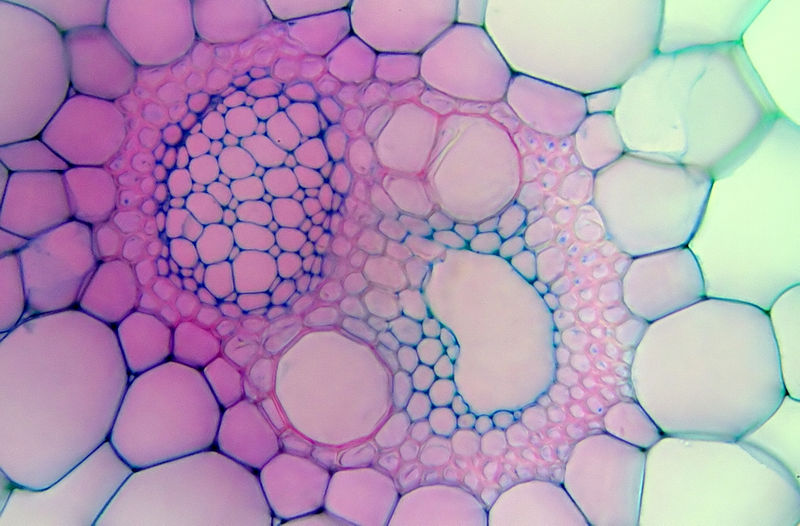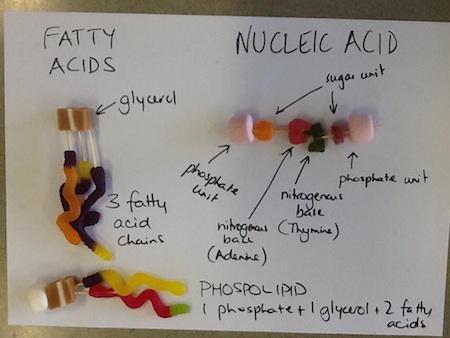
At the Gene Technology Access Centre on Monday we spent the day learning about the structure and function of enzymes. As well as a lecture and practical experiment, we had the opportunity to use a computer program for protein modelling. GTAC has some great online resources for teaching and learning, including this slideshow about Enzyme Action.
Enzymes have specific characteristics:
– enzymes are proteins, made up of amino acids
– enzymes have specific primary, secondary and tertiary structures
– enzymes are specific to substrates
– enzymes are biological catalysts (they speed up a reaction)
– enzymes have optimum temperature and pH ranges
– enzymes are not changed or used up in a reaction
– enzymes have an active site, which is where the substrate is broken down or the products are made
– enzymes can contain co-factors (ions, such as chlorine or calcium) that assist to attract the reactants to the active site
We worked with amylase, an enzyme that breaks starch down into disaccharides. We used iodine to indicate the presence of starch and a photo spectrometer to measure the degree of staining of the medium. The higher the photo spectrometer reading, the more starch, which meant the less enzyme action. We stopped the reaction using an acid, which denatures the enzyme and prevents the break down of starch. Our results showed that the optimum temperature of amylase activity was about 40 degrees and the optimum pH was 6. This is what you might expect from human amylase, which would be working at normal body temperature (37 degrees) and neutral (or slightly acidic) pH in the mouth.





